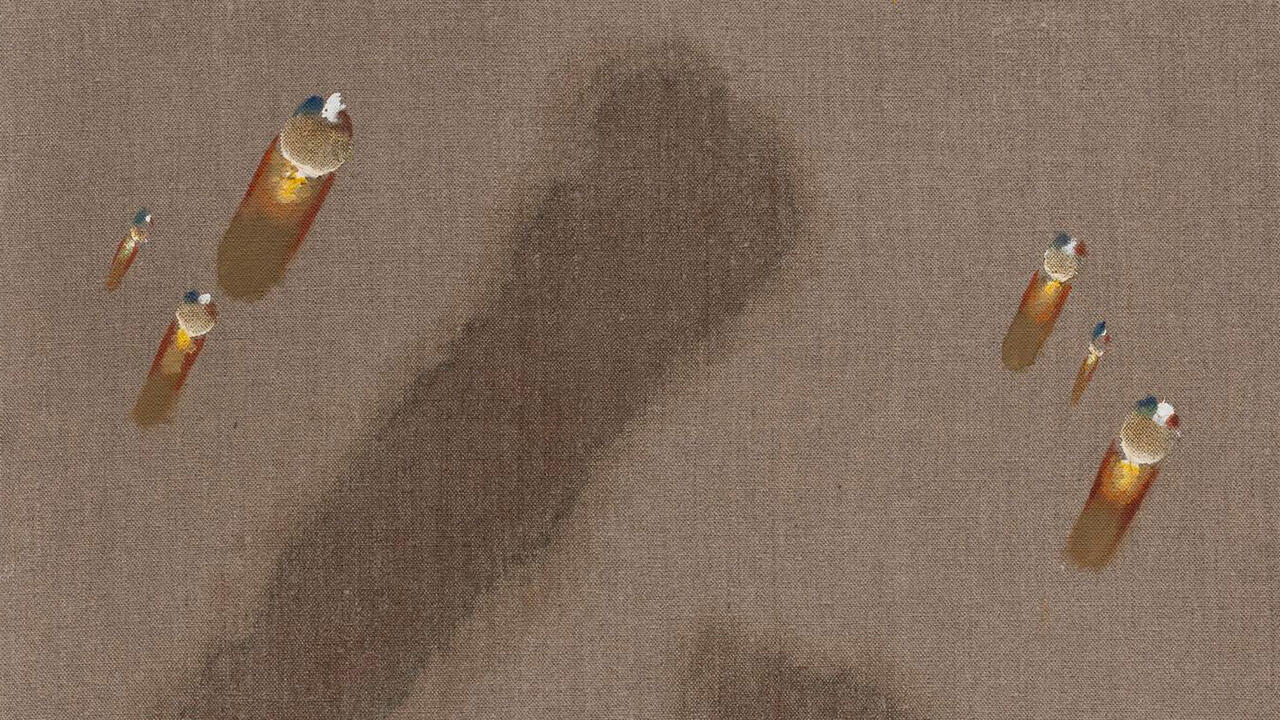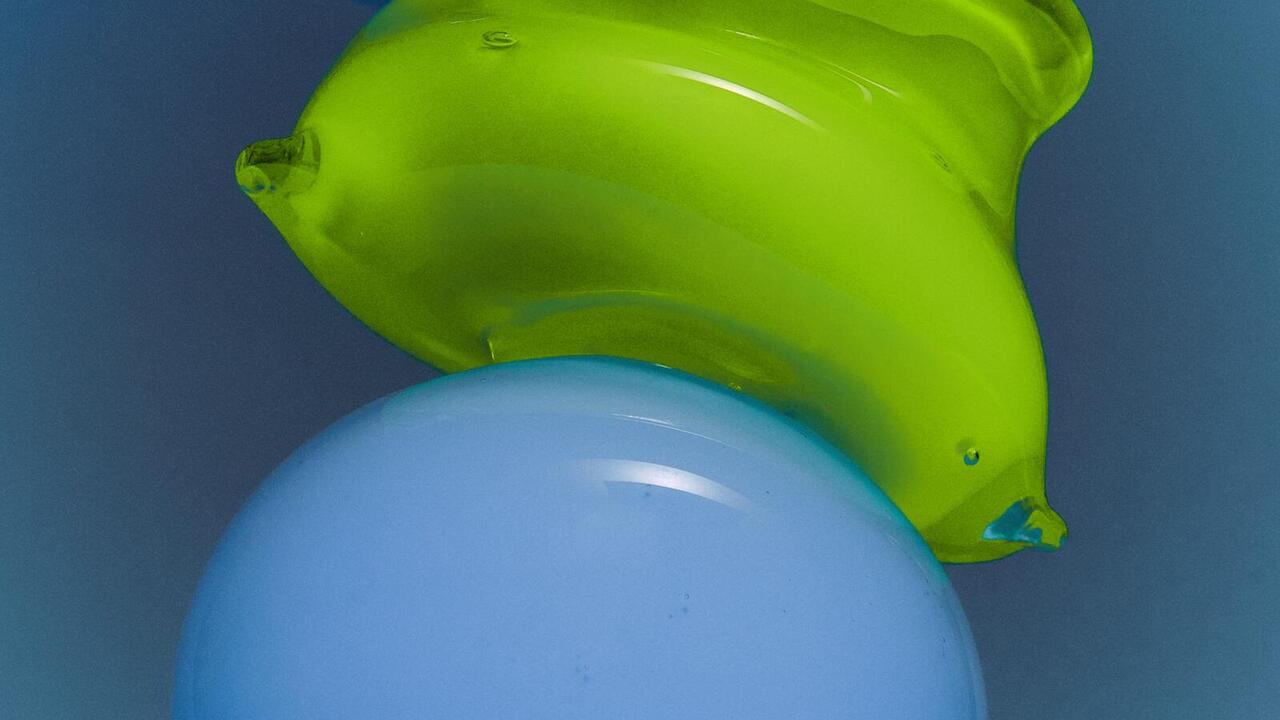Verlangsamte Performance
Van Horn
Van Horn

There’s a certain irony in how Filippo Marinetti – the avant-garde’s champion of speed – once spun his car out of control while dodging two leisurely bicyclists. He stepped out of the wreck into an industrial ditch which he found unexpectedly sublime. The possibility that decelerating can also generate exceptional aesthetic experiences seemed to be the premise of Verlangsamte Performance (Slowed Performance), a large group show assembled by curator-collector-photographer Wilhelm Schürmann.
The show’s 50-odd photographs, paintings and sculptures felt comically busy in Van Horn’s space – slow like a traffic jam, not like a leisurely cruise. But the questions posed by the selection were open and general, perhaps knowingly monochrome: What is motion, and what does it have to do with image-making? If these queries irk in their generality, they also spell out the refreshing, back-to-basics aims of Schürmann’s motley exhibition, which included works by Joan Jonas, Yves Klein and Frank Nitsche among dozens of worthwhile recent pieces by younger and less famous artists.
Many works hinged on the formal value of duration. The hair-thin colourful lines in Wolfgang Tillmans’s ethereal Blushes #47 (2000) – a work created with photographic paper in a darkroom – looked like a slow trail of streaming light. Deceleration becomes a graceful collapse in Nazif Topçuoglu’s seductive, Orientalism-themed Falling Down (2009): a photograph of a silk-clad girl contorted upside-down on her shoulders, as if she had just slinked off the stool next to her (she’s still holding it with one hand). As in dance, slowing things down often makes a pose more difficult to sustain.
The photographic logic of double-exposure was related associatively in many pieces (photographic or not) to surrealistic transformations (the mind’s own double-takes). The green cabbage in Yukio Nakagawa’s Green Sphinx (1994) looked like a brain (while suggesting the sphinx, a riddle, a holder of times past); Hubert Becker’s Saltine Box (after Paul Outerbridge) (2011) is a recreation of Outerbridge’s Cubist classic, itself an act of dissemblance (the saltine box suggests a metal prism). Torsten Slama’s excellent and bizarre coloured-pencil drawings of rural buildings in Germany had much of the characteristic dreamy flatness of de Chirico. Schwabach Storehouse for Light Goods (2012) recalls an illustration for a William Gibson novel set in the slow, ‘Mittelstand’ Germany of small and medium-sized businesses, where prisms meet pastoralism. And Valérie Belin’s photograph Untitled (2002) – a black and white print of a high-tech, cardiac-like mass of tubes, springs and valves – was energized yet completely immobile, like an engine of uselessness. Pipes, seen dead on, recall the openings of a camera lens; here, Belin’s contraption peered out like an abstracted camera built from refuse.
What the show’s concept masks – and what is exposed in Belin’s piece, among others – is an oblique take on the recent history of photography. After all, this is the medium that, more than most, both enables and thrives on different kinds of speed (technological, gestural, chemical, historical). What happens when you slow down the photo’s serial calculus? Due to the confluence of so many voices – some of them throwaways – the exhibition felt ceremonial. Was this a celebration? Or a memorial to a kind of passing, like a funeral wake for the medium? As Yves Klein, Harry Shunk and Janos Kender’s Leap into the Void (1960) famously makes clear, a leap forward – as photography once was – may also involve falling on your face. The exhibition’s job, in this case, was to stop both motions – a technological leap and its collapse – in their tracks, to try and freeze-frame them.
















